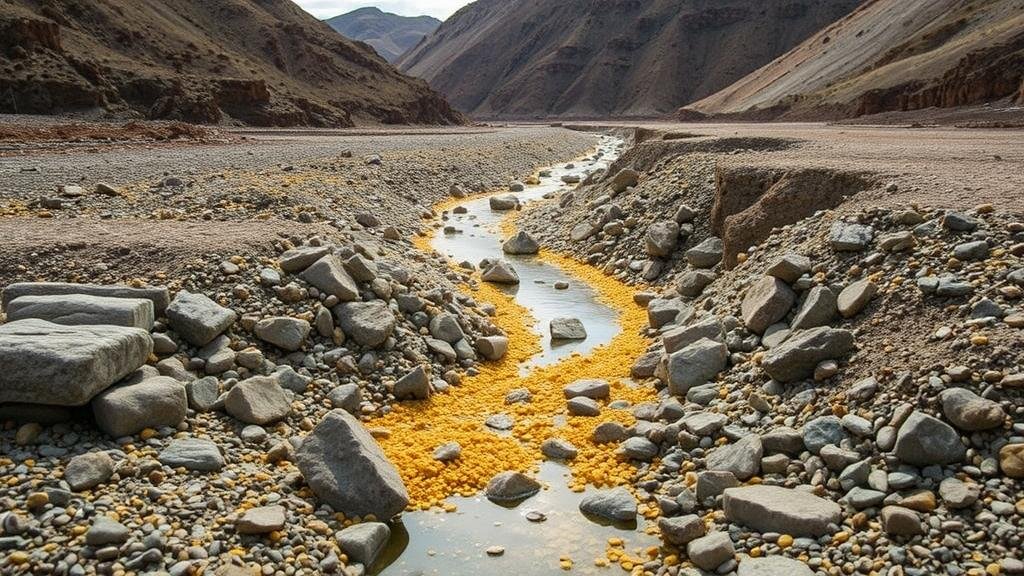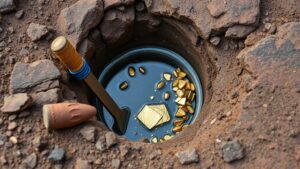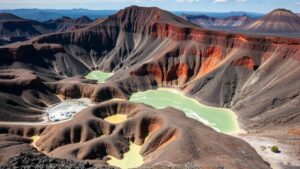Recovering Gold From Undisturbed Gravel in Remote Tributaries
Recovering Gold From Undisturbed Gravel in Remote Tributaries
The recovery of gold from undisturbed gravel located in remote tributaries has garnered significant attention from both amateur prospectors and professional miners. This method, deeply rooted in historical practices, continues to hold relevance due to the rising value of gold and the allure of unexploited natural resources. In this article, we will explore the methodologies, environmental considerations, and practical implications of extracting gold from these sites.
The Basics of Gold Recovery
Gold recovery in gravel beds often involves traditional techniques, refined through advancements in technology. primary objective is to separate gold particles from soil and gravel using various physical and chemical methods.
- Panning: A basic technique where miners submerge a pan in water, allowing lighter materials to wash away, leaving behind heavier gold particles.
- Sluicing: This method employs a sluice box to collect gold as water flows over it, utilizing riffles to trap heavier particles.
- Hydraulic Mining: A more impactful technique that uses high-pressure water jets to disintegrate gravel and separate gold particles.
Methodologies for Recovery
The choice of methodology depends on factors such as the terrain, the scale of operation, and the volume of material being processed. Below are some commonly used methods:
- Dry Washing: Suitable for arid regions, this technique uses air instead of water to separate gold from gravel, making it a practical choice in remote areas with limited water access.
- Electrostatic Separation: This method utilizes electric fields to separate gold based on conductivity differences, providing an innovative alternative to traditional techniques.
- Geophysical Surveys: Techniques such as ground-penetrating radar (GPR) help to locate gold deposits without extensive excavation, minimizing environmental impact.
Environmental Considerations
Recovering gold from remote tributaries poses various environmental challenges. The methods used can disturb ecosystems, harm aquatic life, and contribute to sedimentation.
- Habitat Disruption: Heavy machinery used in mining can alter riverbanks and disrupt the habitats of various species.
- Water Pollution: The use of chemicals, such as mercury in some extraction processes, can lead to significant water contamination, impacting wildlife and human health.
- Regulatory Compliance: Miners must adhere to environmental regulations aimed at preserving ecosystems while conducting extraction activities.
Case Studies and Real-World Applications
Several successful gold recovery operations in remote areas serve as instructive case studies. For example, the Klondike Gold Rush in the late 19th century demonstrated the effectiveness of panning and sluicing in gold extraction. More recently, small-scale miners in regions such as the Amazon have managed to recover gold using eco-friendly practices, reducing chemical dependency and focusing on sustainable extraction methods.
Another noteworthy example is the use of GPR in Idaho. Miners utilized this technology to map out potential gold deposits, allowing them to prioritize their efforts in areas with higher likelihoods of gold presence, thereby reducing unnecessary environmental disruption.
Future Perspectives
The future of gold recovery in undisturbed gravel will likely see increased integration of technology to minimize environmental impact and optimize recovery processes. Techniques such as automated sorting and eco-friendly chemical alternatives show promise in balancing economic viability with environmental responsibility.
Plus, collaboration with environmental agencies and local communities can lead to better practices that support both gold recovery and conservation efforts, ensuring that these natural resources are utilized sustainably.
Actionable Takeaways
For individuals interested in recovering gold from remote tributaries, consider the following points:
- Understand the methodologies available and choose the one that is most suitable for your environment and resources.
- Be mindful of local regulations and environmental impacts to ensure sustainable and responsible mining practices.
- Explore technological advancements that can enhance recovery efficiency while minimizing ecological damage.
By embracing these strategies, prospectors can effectively engage in gold recovery while prioritizing the protection of our natural ecosystems.


